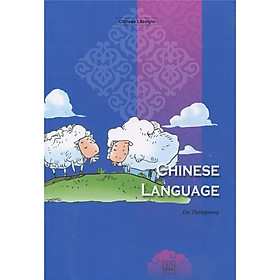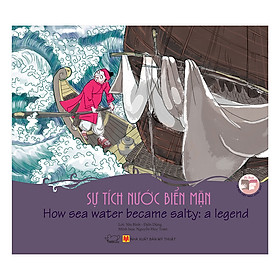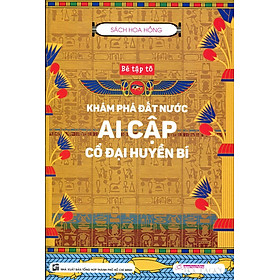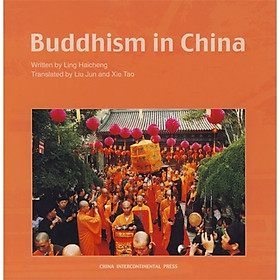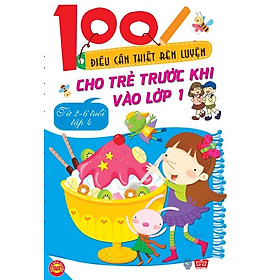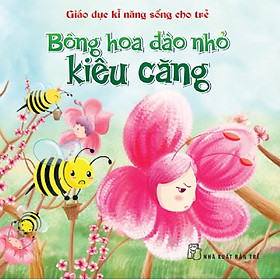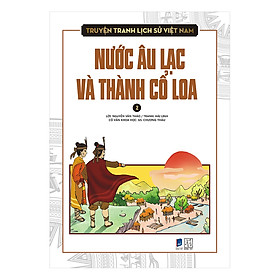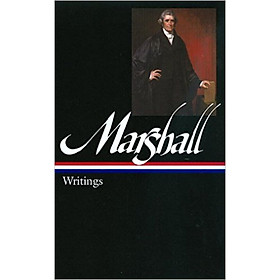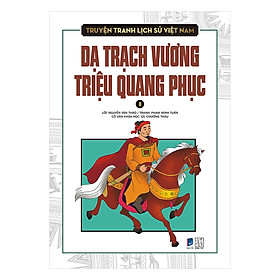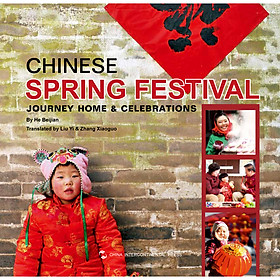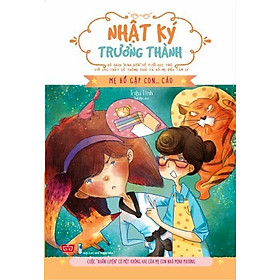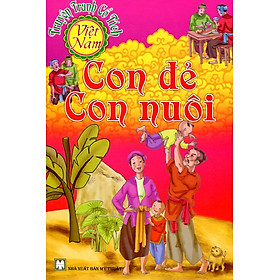Chinese Language
Editorial Reviews Chinese Rites and Rituals Chinese Food Life Care Chinese Physical Exercises and Health Care Chinese Folk Customs Main Content This book begins by a general...
SKU: 8281354201042
Editorial Reviews
Chinese Rites and Rituals
Chinese Food Life Care
Chinese Physical Exercises and Health Care
Chinese Folk Customs
Main Content
This book begins by a general introduction of various "Chinese languages." After the introduction are six chapters elaborating on the distinctive features of Mandarin Chinese, respectively in terms of its phonology, tones, morphology and syntax. In each chapter, typical and practically usable examples are provided along with annotation of the tones and translations, so as to help readers learn with ease.
Catalog
Preface
Annotating Abbreviations
Chapter One: An Overview of the Chinese Language
Languages of the Han Chinese and Chinese Ethnic Groups
Mandarin, Putonghua and Chinese Dialects
Classic Chinese and Modern Chinese
The Speech and Writing of Modern Chinese
Chinese Characters and Their Changes
Pinyin and the Computer Input of Chinese Characters
Chapter Two: The Phonology of Mandarin Chinese
Classification and Representation of Pinyin Sounds
Simple Initials
Compound Initials
Simple Finals
Compound Finals
Summary: All Pinyin Sounds
Special Cases: Sound Change (Sandhi)
Chapter Three: Tones of Mandarin Chinese
The Tone and Meaning in Mandarin Chinese
Change of Tones in Context
The Light Tone Suffix in Orientation Words
Summary
Chapter Four: Chinese Words and Phrases
Chinese Word Structures
Content Words and Function Words
Substantive Words
Predicate Words
Function Words
Word Groups
Chapter Five: The Basic Structures of Chinese Sentences
Sentence Components and Word Order
The Sentence Subject
The Sentence Predicate
Chapter Six: Complex Sentences and Compact Sentences
The Complex Sentence and Simple Sentence
Complex Relations and Connectives
Compact Sentences
Compact Sentence Connectives
Omission of Connectives in Compact Sentences
Chapter Seven: Summary: Features of Chinese Mandarin
Digest
1. Single-Morpheme Words of One Character
Compared with disyllabic(or two-Character) words, single-morpheme words of one character have only a small number in Modern Chinese. However, some of these words play an essential role in the structure of the language and should be learned at the very outset of the course. The following is a list of such examples.
an affirmative function word used between the subject and its complement of a sentence. The basic meaning is "yes","right". It's related with the English copula BE but different in that it is not indispensable as the English link verb unless when making an assertion, carring a strong affirmative meaning or making and emphasis.
Languages of the han chinese and Chinese Ethnic Groups Hanyu, or the language of the Han nationality, commonly known as theMandarin Chinese, is certainly the language generally used by the Chinesepeople. Its standard form is also called Putonghua, Guoyu, or Huayu, respec-tively in Mainland China, Taiwan, Malaysia and Singapore. But it is not theonly language used by all Chinese. This is because China is a big country with55 ethnic minorities in addition to the Han people, and most of them have theirown languages. Chinese linguists generally agree that the total number of lan-guages used by China's ethnic groups is over 80, with some ethnic groups us-ing more than one languages. Among these different languages, 30 have writ-ten forms. In terms of language genealogy, they are categorized into 5 differentfamilies: the Sino-Tibetan, Altai, Austro-Asiatic, Austronesian and Indo-European.
Therefore, the phrase "Chinese Language" should in fact have its plural forms.When used in the singular form, it only means the language originally belong-ing to the Han people (hence called Hanyu), which has been adopted as thecommon language used across ethnic boundaries. Among all ethnic groups ofChina, some have adopted the Han people's language, with their own languageshaving gone into extinction, such as the Hui and Manchurian people(respectively counting for 9.8 million and 10.6 million in population). Othersuse both Hanyu and their own languages.
The Chinese central government's language policy is to promote the use ofStandard Chinese (or Standard Mandarin) as the national language. In the meantime, however, the policy also encourages protection of the ethnic languages.According to Article 8 of the Law of the Peoples Republic of China on the StandardSpoken and Written Chinese Language, "all the nationalities shall have the free-dom to use and develop their own spoken and written languages". As a result,most preliminary and secondary schools in China's ethnic minority areas prac-tice bilingual education in both Mandarin Chinese and their own languages.
Preface
Introduction to Chinese Lifestyle
China, a country of appealing mysteries.
The Chinese nation, a nation intermittently strong and weak, honorable and infamous, awake and asleep, with a history of five millennia at the shortest and probably longer, has experienced the highest stage of ancient civilizations in the most prosperous dynasties of the world, and made indelible contributions to the advance of human societies. As the world’s biggest nation, the Chinese people account for approximately a quarter of the whole population on earth.
And as a standing member of the UN Security Council, it is exerting enormous influence on international affairs. Economically speaking, it is the world’s largest consumer market and human resource reservoir, as well as the largest base of processing industries.
For the recent three decades, China’s opening to the world has brought about unprecedented contact with the people of all other countries, resulting in great advancement of the Chinese society and drastic growth of its economy, which have drawn ever greater attention of the world. Now again as in the past when China was in its prime, the world find it impossible to overlook China and its people.
However, for its many sufferings in pre-modern and modern history of social unrest and setbacks, natural disasters and social misfortunes, China has for a long time remained relatively backward, listed as a “developing country” of the world. And for the same reason, The Chinese people and their civilization have been neglected in the developed countries, and what is now known of China to quite many people in the West remains to be what it was 30 or 50 years ago.
In view of the above conditions, we hereby present to our readers this brand-new Chinese Lifestyle with the aim to help those interested in things Chinese learn about the people and their social life, and ultimately discover “the last hidden world” and the nation that is once more on the rise in the Oriental, so as to more effectively communicate with them in all walks of
Giá sản phẩm niêm yết của Politics & Social Sciences Chinese Language trên các sàn TMĐT đã bao gồm thuế theo luật hiện hành. Tuy nhiên tuỳ vào từng loại sản phẩm hoặc phương thức, địa chỉ giao hàng mà có thể phát sinh thêm chi phí khác như phí vận chuyển, phụ phí hàng cồng kềnh, ...
Mức giá và các nhà cung cấp được liệt kê tại đây chỉ dùng để bạn tham khảo. Khi quyết định mua hàng bạn cần xem xét thêm về đánh giá của khách hàng tại shop đó. Sau cùng bạn chọn mua sản phẩm từ nhà cung cấp mà bạn cho là uy tín nhất với mức giá hợp lý nhất. Chúng tôi không trực tiếp bán hàng cũng như vận chuyển và không chịu bất kỳ trách nhiệm nào về quyết định mua hàng của bạn.
| SKU: | 8281354201042 |
|---|

